Grouts Memorabilia
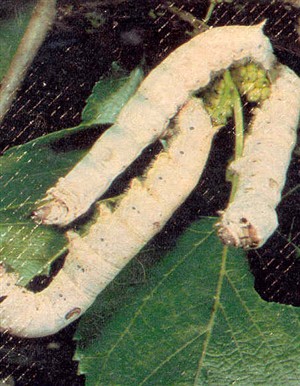
Photograph of silkworms
Courtesy of Grouts
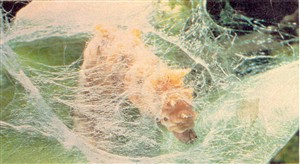
Photograph of silk thread and caterpillar
Courtesy of Grouts
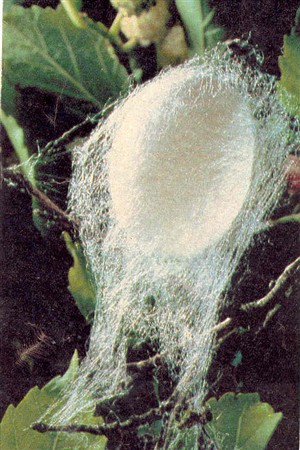
Photograph of silk cocoon
Courtesy of Grouts
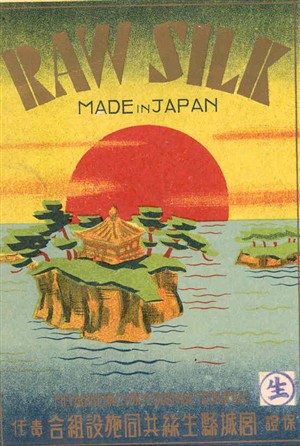
'Chop' (label) from imported bales of Japanese silk
Courtesy of Grouts
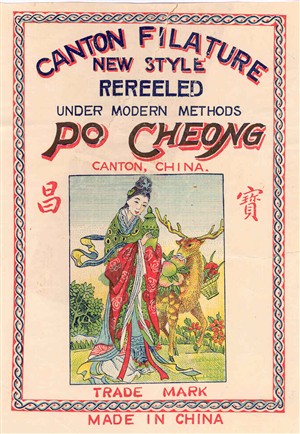
'Chop' (label) from imported bale of Chinese silk
Courtesy of Grouts
Life cycle of the silk moth and 'chops' (labels) from imported bales of silk
By John Layton
Here are some photographs of the life cycle of the silk moth and 'chops' (labels) from imported bales of silk.
Grouts eventually produced their own silk in a small building across the road from the main factory, behind the 'Silkmills Tavern' public house, which is now a chinese restaurant.
(Photograph One) Silkworms (caterpillars of the silk moth) which can grow up to 2 inches (5 cm) in length.
(Photograph Two) Silk thread, woven so carefully by the caterpillar, is made from a protein-rich fluid, which solidifies immediately on contact with the air. This is ejected by the caterpillar from an opening near its mouth.
(Photograph Three) A finished cocoon, the size of a pigeon's egg, consists of one single, unbroken thread, 2000 to 3000 metres long.
(Photographs Four and Five) 'Chops' (labels) from imported bales of silk, predominantly from China and Japan.